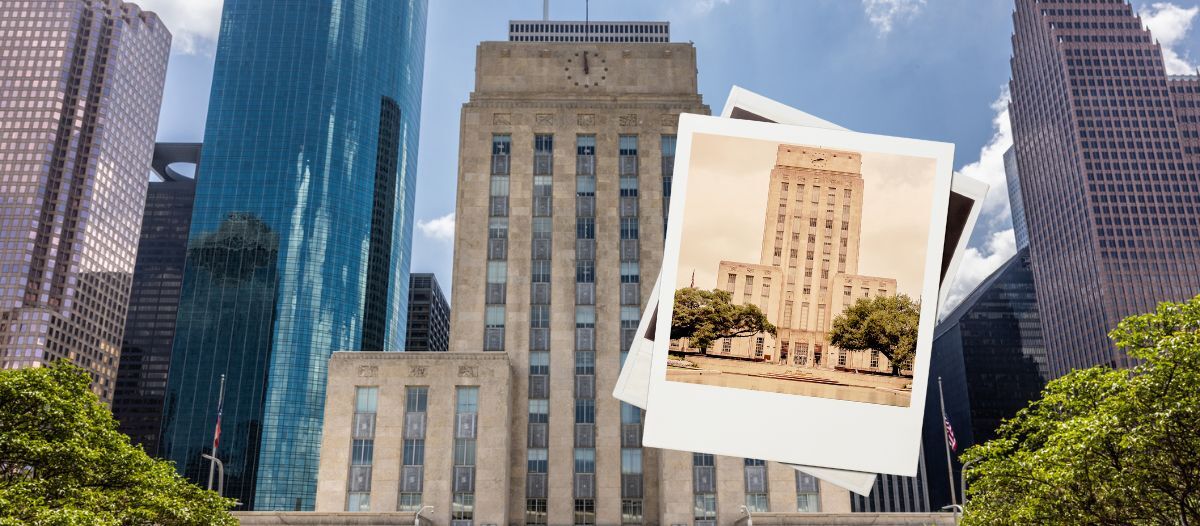Life Cycle Building Management
Moving beyond sustainability

For years, the facility management conversation has revolved around sustainability: energy efficiency, reducing carbon footprints or earning green certifications. These goals remain important, but the field is evolving. The new frontier is life cycle building management, an approach that prioritizes environmental impact as well as the health, safety, resilience and longevity of the entire facility.
Why life cycle thinking matters
Life cycle building management moves beyond the day-to-day operations of a building. Instead of focusing solely on energy savings or green initiatives, it emphasizes the long-term health and functionality of every system — from design and construction through modernization and decommissioning.
This perspective reframes FM as a discipline of foresight. Leaders are recognizing that decisions made during design and construction directly shape the challenges operations teams will inherit. When organizations prioritize life cycle management, facilities are efficient in the short term and resilient for the future.
That foresight depends on technology — systems that give facility teams instant, mobile access to accurate building data whenever and wherever it is needed.
The documentation dilemma
At the center of life cycle management is information — and more specifically, how easily it can be accessed and used.
Missing or disorganized documentation is a persistent challenge in FM. Without accessible records, facility teams face delays in decision-making, increased compliance risks and safety hazards.
The ability to quickly evaluate repair-versus-replace scenarios or access system breakdowns for HVAC, electrical and plumbing is critical. Yet, teams often sift through outdated binders, thumb drives or file cabinets to find what they need.
When documentation is digitized, organized and instantly accessible in the field, everything changes. Crews can locate shutoffs during emergencies, verify equipment histories before ordering parts and respond to safety incidents in minutes instead of hours.
Technology platforms such as mobile FM apps and digital building archives allow leaders to create a living record of their assets — a single source of truth that evolves with the building. These tools save time and preserve institutional knowledge, ensuring that what one generation of facility professionals know does not vanish with retirement.
In the context of life cycle building management, that accessibility becomes a force multiplier. Data-driven, instantly available building information turns documentation from a compliance burden into a strategic advantage — one that strengthens safety, extends asset life and supports better decision-making at every stage.
Air quality becomes quantifiable
Indoor air quality (IAQ) is another dimension where life cycle management is creating new opportunities. Historically, IAQ improvements were considered important but difficult to quantify in ways that justified investment. Energy savings, by contrast, could be measured in dollars and kilowatt hours, giving them an advantage in budget decisions.
That dynamic is shifting with the introduction of ASHRAE Standard 241, which provides measurable benchmarks for reducing airborne pathogen transmission. This standard finally makes IAQ a quantifiable element of infrastructure planning. Schools and other high-occupancy facilities can now treat healthy air with the same weight as energy efficiency, embedding it into life cycle strategies that prioritize occupant health and safety.
Here again, technology is key: sensors, analytics dashboards and connected systems that allow facility managers to monitor air quality in real time and make data-backed adjustments that protect people and optimize performance.
 A global push for the digital thread
A global push for the digital thread
The industry is also moving toward life cycle practices at a global level. The Building Lifecycle Management Initiative (BLMI), exemplifies this shift.
One of the most striking realities BLMI highlights is that up to 95 percent of data generated during construction is never transferred to operations in a usable form. This lost information represents missed opportunities for reliability, cost control and carbon performance.
Beyond green: Safe, smart & future-ready
For many facility leaders, focusing exclusively on sustainability feels incomplete. Life cycle management offers a broader vision: buildings that are safe, smart and resilient.
Robust asset management supported by life cycle data makes it possible to plan capital expenditures strategically rather than reactively. With accurate records, leaders can better anticipate needs, reduce surprises and allocate resources efficiently.
Digital tools that consolidate drawings, maintenance histories and compliance records turn complexity into clarity — helping leaders not just reduce costs, but also protect people, assets and reputation for decades to come.
The cost of standing still
The risks of ignoring life cycle building management are significant. Facilities that fail to embrace this approach face:
-
Compliance failures, such as disorganized documentation, make it difficult to pass inspections or meet regulatory requirements.
-
Safety hazards when incomplete maintenance histories or missing repair records compromise occupant well-being.
-
Financial losses, such as poorly planned capital projects, lead to costly delays and inefficiencies.
-
Reputational damage, when facilities falter during crises such as storms, pandemics or safety inspections.
These risks underscore why leaders are moving from a narrow focus on sustainability to a more comprehensive, digitally enabled life cycle perspective.
From reactive to proactive
The movement toward life cycle building management is a response to growing pressures on facilities leaders. Organizations are demanding efficiency, resilience and occupant safety in a world where disruptions are frequent and budgets are tight.
Life cycle management encourages a proactive mindset. It requires:
-
Accurate, accessible documentation at every stage of the building’s life.
-
Equal prioritization of health and safety metrics alongside energy goals.
-
Engagement with global initiatives such as BLMI that promote shared standards.
-
Training and processes that equip teams to plan for resilience, not just today’s maintenance challenges.
Technology makes this shift possible — providing the instant insight and real-time visibility that enable proactive, confident decisions.
The next chapter in FM
The FM profession is at an inflection point. Sustainability remains vital, but it is no longer enough on its own. The challenge ahead is to embed life cycle thinking into everyday practice, ensuring that buildings not only reduce environmental impact but also protect the people and assets inside them.
This vision reframes facility management as a discipline of readiness — about preparing for inspections, storms, emergencies and capital planning with the confidence that comes from having complete, accurate and instantly accessible information.
Final thought
Every building tells a story. In some cases, it is a story of missed opportunities, where incomplete records and short-term decisions led to costly failures. In others, it is a story of foresight, where leaders invested in robust documentation, integrated health and safety into their strategies, and created facilities that thrived for decades.
Life cycle building management offers the opportunity to write better stories. By embracing this approach — and the technology that makes it real — facilities leaders can move beyond being merely sustainable to being safe, smart and future-ready.
FM’s future is not just about efficiency or green certifications — it iss about resilience, powered by instant access to information across the entire building life cycle.

Jack Rubinger has more than 20 years of B2B writing, public relations, and marketing experience. Rubinger earned a bachelor of arts in journalism from Binghamton University in New York. He is a frequent contributor to facility management, technology, construction, healthcare and industrial safety publications and blogs.
Read more on Technology , Leadership & Strategy and Finance & Business or related topics Building Life Cycle and Operational and Capital Budgeting
Explore All FMJ Topics









